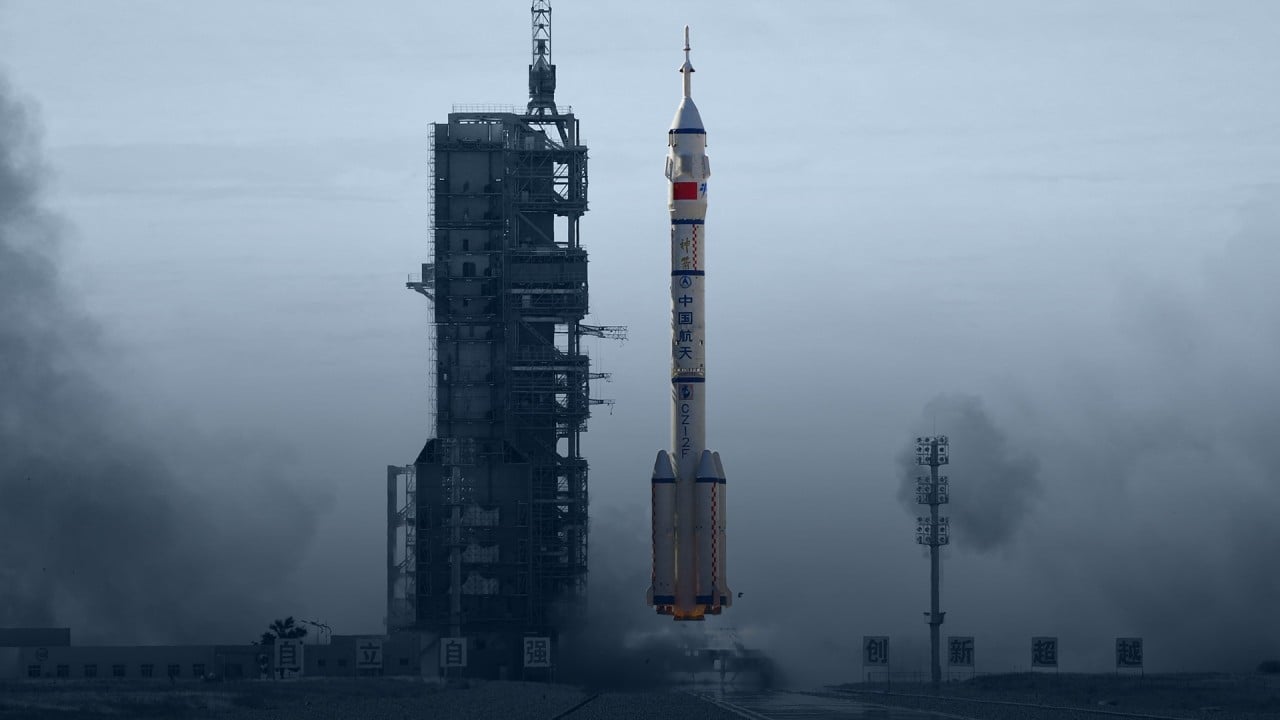Chinese astronauts want the thinnest nappy in space: researchers
- Astronauts must wear diapers during lift-off, landings, spacewalks and extravehicular activities and their feedback is that they are currently too cumbersome
- New space nappy would be more than a third thinner than the current product and hold more than 1kg of urine, according to paper

“Feedback from astronauts is that the current space nappies are too thick and cause a strong sense of pressure on the underside,” according to a paper published in the Chinese peer-reviewed Manned Spaceflight journal in April.
“As astronauts face increased workloads and much longer working hours, it is critical to research a new product that is more comfortable and easier to wear,” the study said.
Wang Tianhui, co-author of the study with Guangdong Yinyin Co, a company that supplies hygiene products for Chinese astronauts, said on Wednesday that China’s astronauts would wear the thinnest nappies in orbit.
The new space nappy will be more than a third thinner than the current product and could hold more than 1kg (2.2 pounds) of urine.
The thickness of the current nappy is about 26mm (1 inch), but it could be significantly reduced to 7mm, according to their study.
“It is thinner, more comfortable and has better absorption capacity,” said Wang, head of the company’s research team. “Globally, it has the best absorption capacity per unit volume.”
